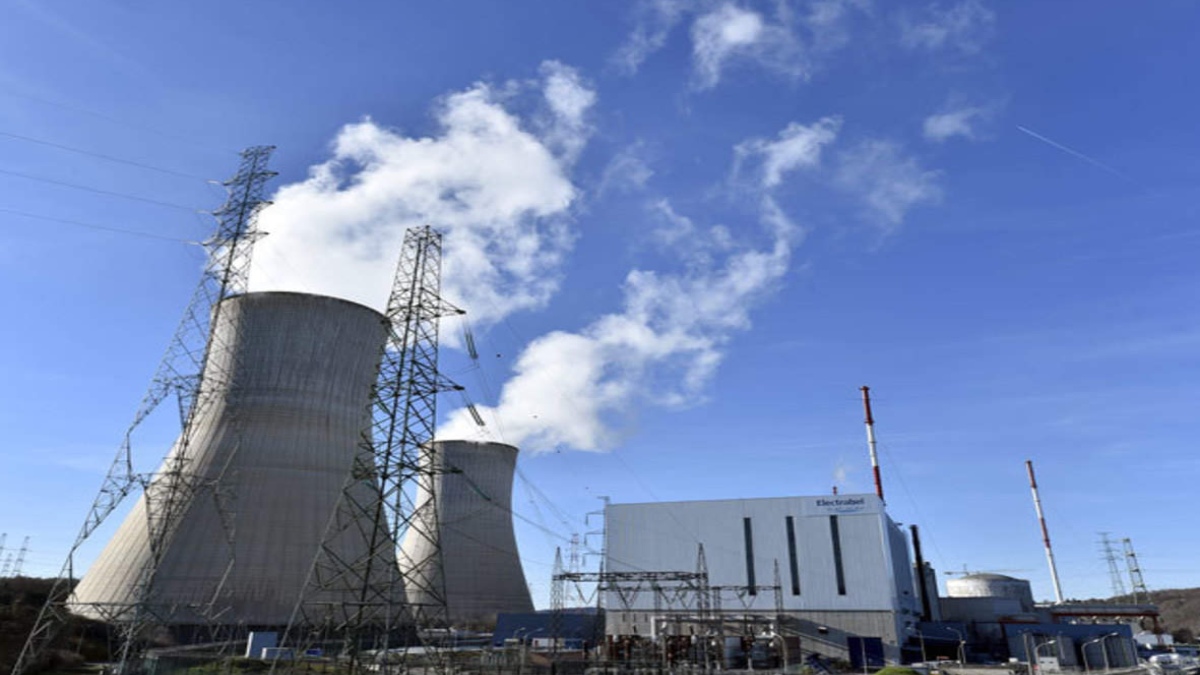


Chandigarh: Gorakhpur Haryana Anu Vidyut Pariyojana (GHAVP) which got the Environment Clearance in the year 2013, got late in its completion by one year due to the COVID-19 outbreak. Ministry of Atomic Energy has sanctioned more than 12 Nuclear Power projects in the country; Gorakhpur is one of them. Its phase 1 completion was expected in the year 2024/25 but got delayed due to the pandemic by one year. GHAVP’s first phase would be expected to commence operation in 2026/27, the Ministry of Atomic Energy said.
There are four units of indigenous 700 MW Pressurised Heavy Water Reactors (PHWRs) that are planned to be set up at Gorakhpur in Haryana in two phases – GHAVP 1&2 (2 X 700 MW) and GHAVP 3&4 (2 X 700 MW), according to the Nuclear Power Corporation of India officials. The total land for locating the four units of about 534 Hectares has been acquired. The approved completion cost of GHAVP 1&2 is Rs. 20594 crores.
The GHAVP 3&4 project has been accorded sanction as a part of the 10 indigenous 700 MW PHWRs, to be set up in fleet mode for Rs. 105000 crores. GHAVP 1&2 is expected to commence operation in 2026 / 2027 and GHAVP 3&4 in 2027 / 2028. For GHAVP First phase, It was expected to commence operation in 2025/26, but due to COVID-related uncertainties, the project got delayed up, a senior project official said.
Would employ more than 10,000 people
During the construction, large numbers of contractor manpower are employed. In each of the twin unit projects, GHAVP 1&2 and GHAVP 3&4, the employment potential during construction will follow a bell curve with about 8000 persons at the peak. On becoming operational, each of the twin unit stations is expected to generate employment (direct and indirect) for about 2000 persons. In addition, large employment potential is generated with the contractors/vendors and from business opportunities that emerge consequent to the increase in economic activity at the site.